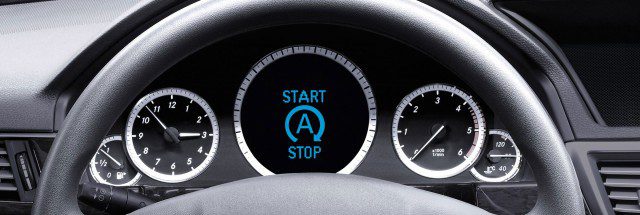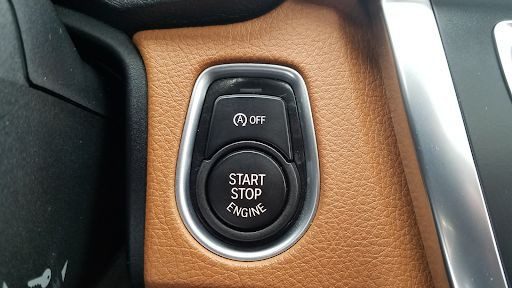
How much fuel does the start-stop system save?
The difference is more pronounced in larger displacement engines.
Many modern cars turn off the engine when traffic lights stop or when traffic jams are delayed for a long time. As soon as the speed drops to zero, the power unit vibrates and stops. In this, this system works not only on cars with an automatic transmission, but also with a manual one. But how much fuel does it save?

The start / stop system came along with the Euro 5 environmental standard, which introduced stringent emission standards when the engine is idling. To comply with them, manufacturers began to simply interrupt this engine operating mode. Thanks to the new device, the engines do not emit harmful gases at all at idle speed, which made it possible to obtain certificates of compliance with strict environmental standards. The side effect was fuel economy, which was lauded as the main consumer benefit of the start / stop system.
Meanwhile, real savings are almost invisible to drivers and depend on many factors, including engine performance, road conditions and traffic congestion. Manufacturers admit that under ideal conditions Volkswagen's 1.4-liter unit, for example, has a fuel economy of around 3%. And in the free city mode without traffic jams and with a long wait at traffic lights. When driving on intercity routes, there is almost no savings, it is less than the measurement error.
However, in traffic jams, when the system is triggered, fuel consumption may even increase. This is because more fuel is used when starting the engine than during a normal idle cycle. As a result, the use of the system becomes meaningless.
If the machine is equipped with a more powerful engine, the difference is more noticeable. Experts have measured the performance of the Audi A3's 7-liter TFSI VF petrol engine. First, the car drove a 27-kilometer route, simulating traffic in an ideal city without traffic jams, where the only 30-second stops at traffic lights every 500 meters. Testing lasted an hour. Calculations showed that consumption of the 3,0-liter engine decreased by 7,8%. This result is due to its large working volume. The 6-cylinder engine consumes more than 1,5 liters of fuel per hour of idling.

The second route simulated traffic in a city with five traffic jams. The length of each was set to about a kilometer. 10 seconds of movement in first gear was followed by 10 seconds of inactivity. As a result, the economy fell to 4,4%. However, even such a rhythm in megacities is a rarity. Most often, the cycle of stay and movement changes every 2-3 seconds, which leads to an increase in consumption.
The main drawback of the start / stop system is the inconsistency in traffic jams, in which the stop time is several seconds. Before the engine can stop, the cars start up again. As a result, turning off and on occurs without interruption, one after the other, which is very harmful. So when they get stuck in a traffic jam, many drivers turn off the system and try to drive the old fashioned way by letting the engine idle. This saves money.
However, the start / stop system also has some pleasant side effects. Available with a reinforced starter and alternator, and a multi-charge / discharge battery. The battery has reinforced plates with a porous electrolyte-impregnated separator. The new design of the plates prevents delamination. As a result, the battery life increases three to four times.

